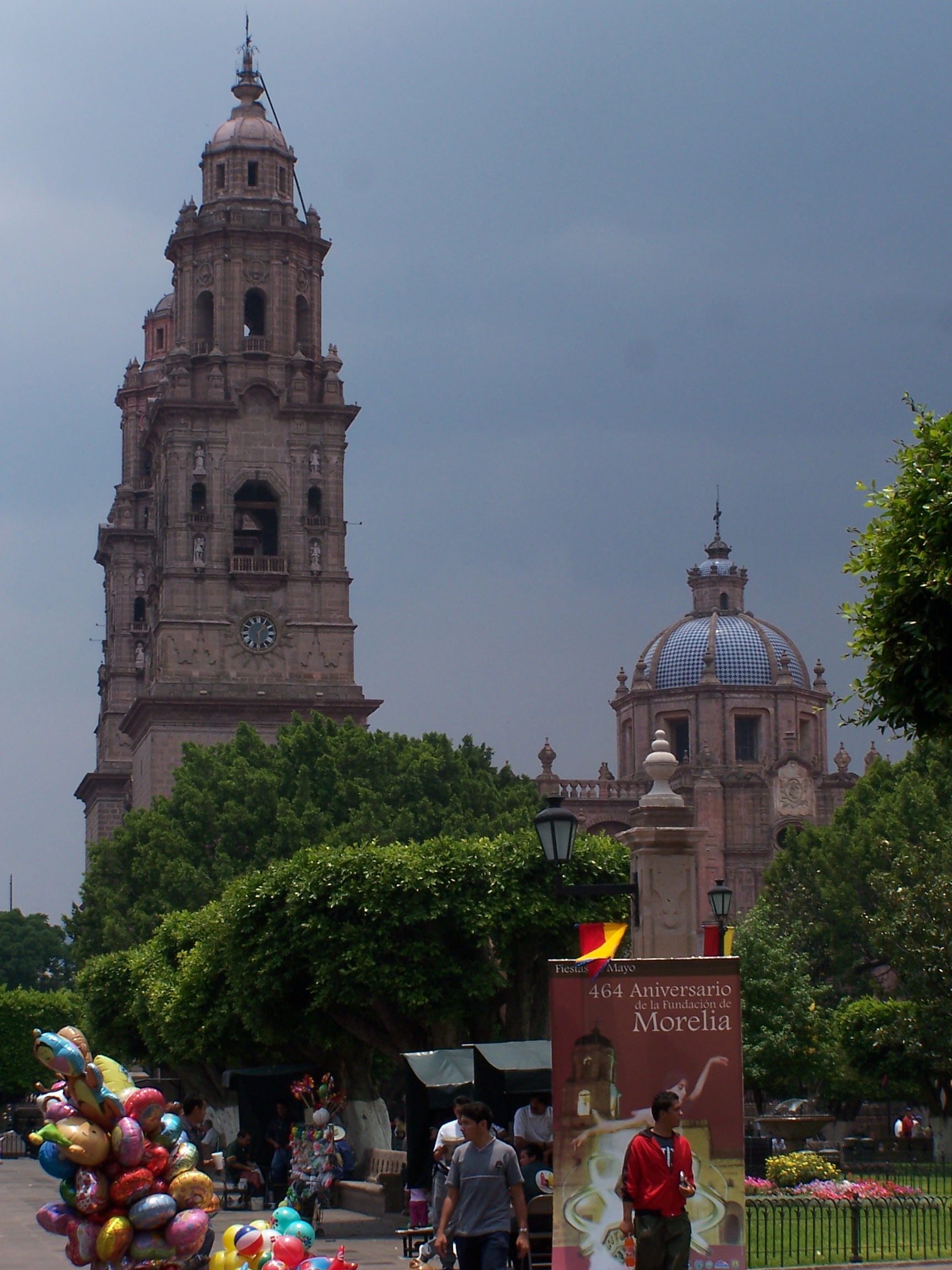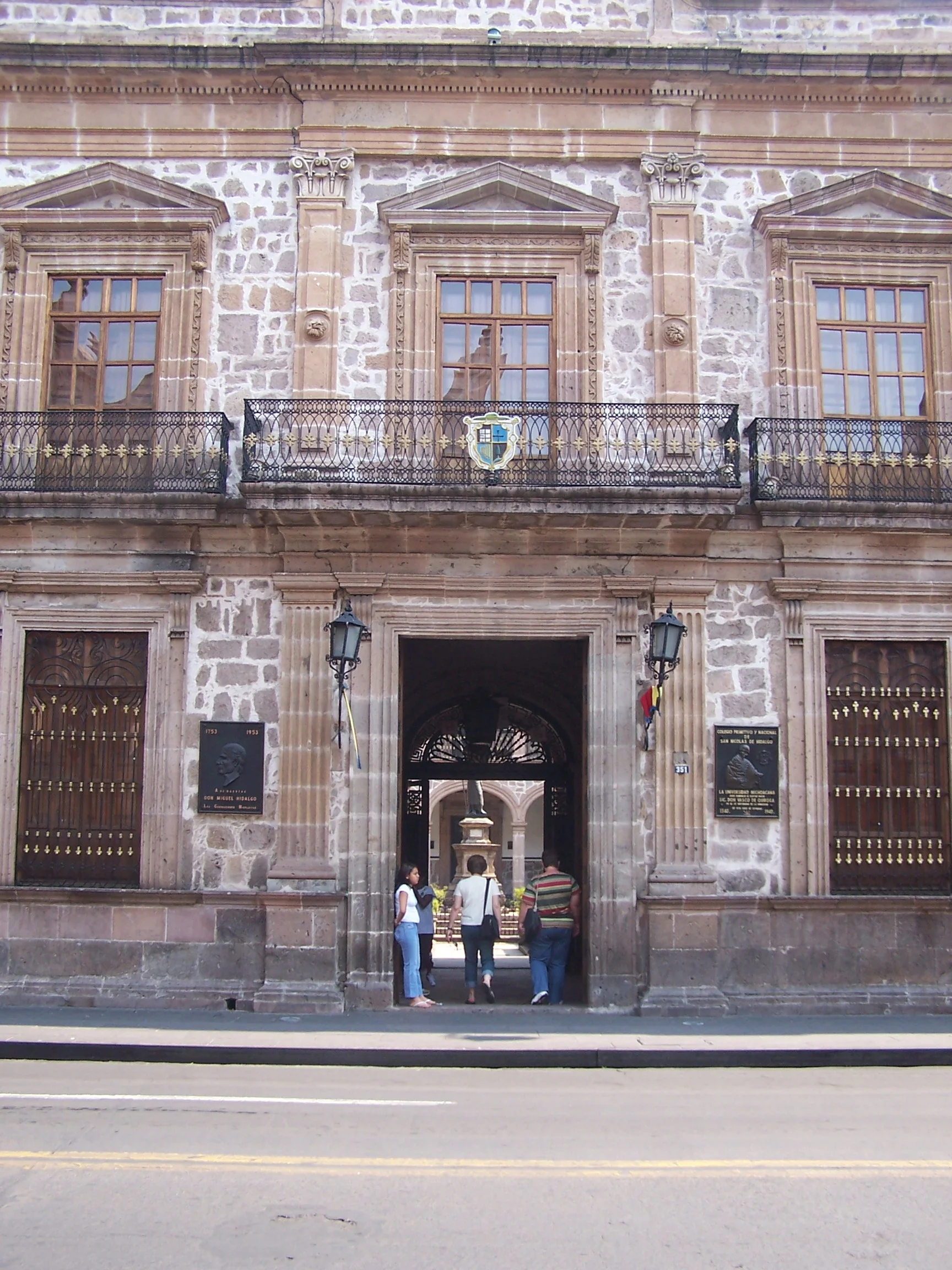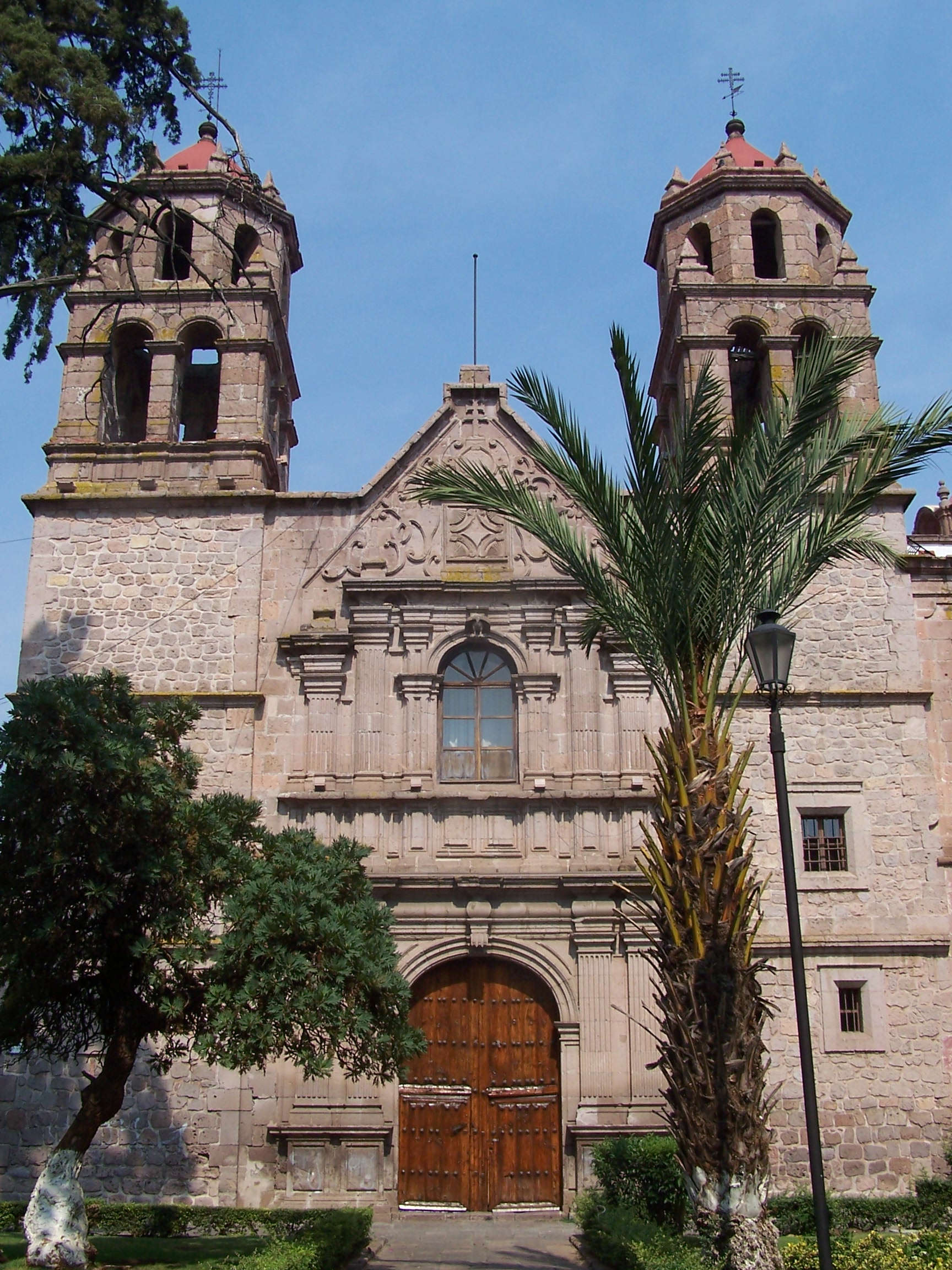Morelia
A SIXTEENTH CENTURY CITY FOR SPANIARDS
A TWENTY FIRST CENTURY CITY FOR ALL
The city of Morelia was founded in 1541 as Valladolid and is a World Heritage Site as an example of the melding of Pre-Hispanic and Spanish Renaissance urban design. Today it is a vibrant capital of the State of Michoacán, home to the oldest university in the Americas and noted for cultural activities including an international Film Festival as well as several music festivals.
The Cathedral
The Cathedral of Morelia was, for over four centuries, the tallest building in Morelia, symbolizing the hierarchy of the church and the religiosity of the city’s inhabitants. It was built on the highest part of the valley in the center of a large plaza and even today stands out as perhaps the city’s most impressive building. The original Cathedral had been built of adobe and timber on a lot to the south of the present site, but by the mid – 17th century a replacement was needed and construction began on the new church in 1660 and lasted until 1744. The church is dedicated to the Transfiguration of Christ which is represented in the bas-relief sculptures on the main façade.
Colegio de San Nicolás
The Colegio de San Nicolás houses the oldest university in America. The original Colegio –founded by Vasco de Quiroga in 1540 in Pátzcuaro, was moved to Valladolid (Morelia) in 1580. The building is a two story structure organized around three courtyards; classrooms are distributed around the first two and around the third there were dormitories for students. Between the two patios is the aula mater, an auditorium used for particularly significant university events.The Mexican statesman and scientist Melchor Ocampo left his heart to the Colegio, a legacy that was taken literally, so it is duly preserved and exhibited in the Sala Melchor Ocampo.
The building was remodeled in 1868 in neoclassical in style; triangular pediments and window frames were added to the façade, Doric columns to the patio and four spectacular stairways with cast iron handrails were introduced at the corners of the main courtyard.
Palacio Clavijero and the Public Library
The Public University library was originally a Jesuit church attached to a cloister that housed the Jesuit seminary, both built in the 17th century. Today the church houses the University’s collection of manuscripts and antique books; it is used by students on a daily basis and on occasion is also used for university events such as book launches. The seminary, renamed Palacio Clavijero, is a museum for graphic arts and also holds a bookshop.
The complex is considered Baroque in style; as is customary in Morelia the decorative motifs are flat and columns are paneled. The quarry stone used to build the seminary is a particularly beautiful rose hue. The patio of the seminary once held a garden but was remodeled in the 1970’s and the large central fountain was installed at that time. The upper corridor is separated from the patio by a wall punctured by windows, a typical solution in Jesuit seminaries. The ground floor was roofed with stone vaulting, whereas on the top floor wooden beams and clay tile were used.
In 2002 a mural by the Mexican painter Adolfo Mexiac was installed in the monumental stairway on the south side of the patio. The complex was restored between 2006 and 2007 by the renowned Mexican architect Ricardo Legorreta.



